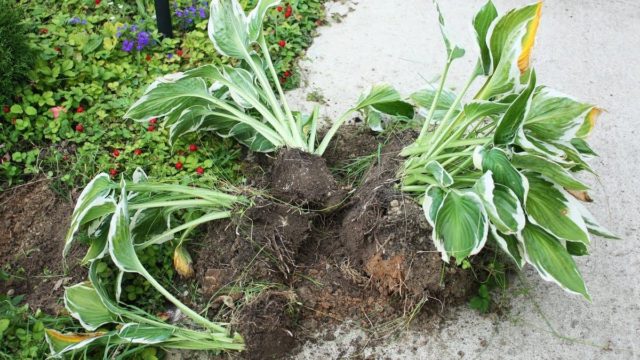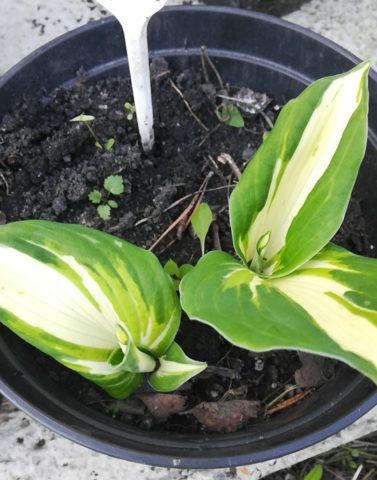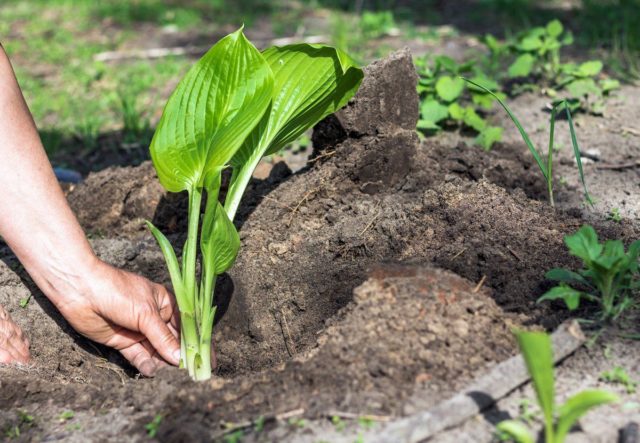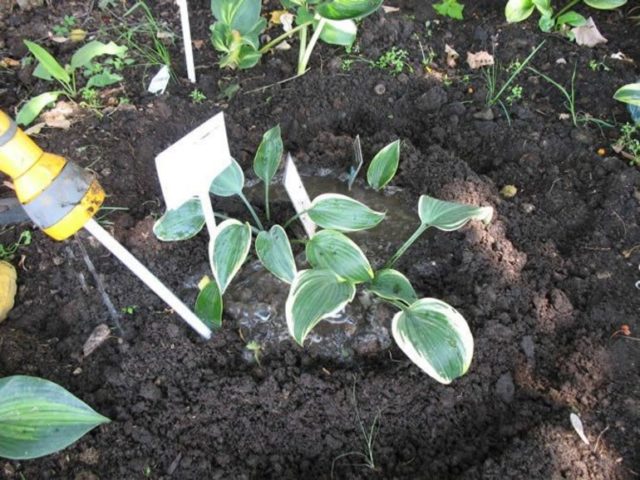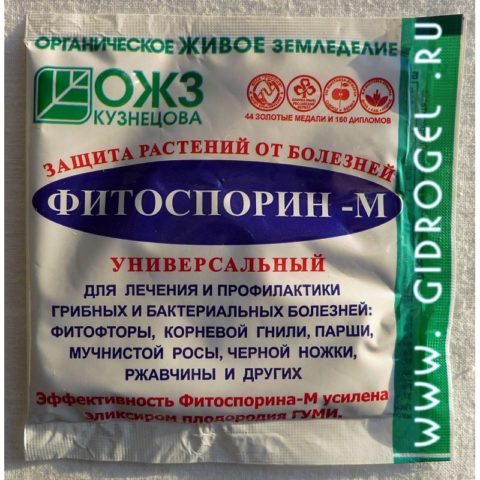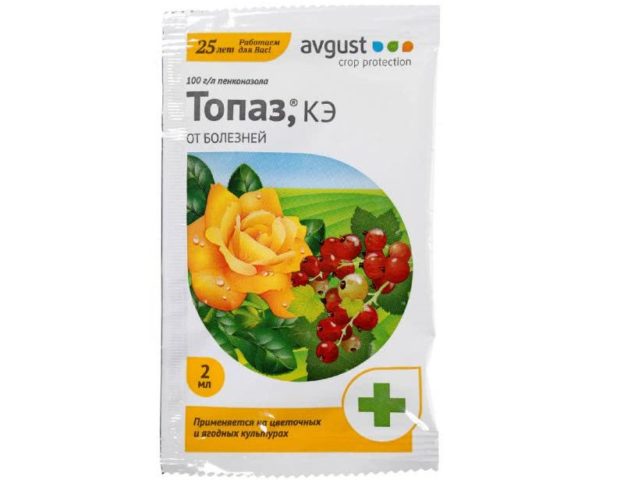Content
Every gardener dreams of planting unusual plants on his site. Hosta Liberty is just one of this series. She is unpretentious in care, practically does not get sick. But an ornamental plant with beautiful large leaves of unusual colors will appear in the garden.

Hosta is considered a sacred plant in Japan.
Description of Liberty hosts
Hosta Liberty is a sprawling perennial. In one place it can grow for decades, becoming more and more from year to year. Decorativeness does not appear immediately after planting, but after five years. The height of an adult plant ranges from 50-70 cm.
The flower has large, wide leaves with an unusual color. The edges are much lighter than the middle. They can be green and gold, yellow and light blue. But most often, the leaf blades of the variety are distinguished by a yellow or creamy white color.
Nondescript, very small, funnel-shaped lavender-colored buds appear on racemose inflorescences. They bloom on a peduncle, the length of which is 10-20 cm, sometimes up to 30 cm. For the first 2-3 years after planting, it is not recommended to leave peduncles so as not to weaken the root system.

The light yellow border along the edge of the leaf blade is unevenly located, by autumn it becomes creamy
The culture should be planted in areas where there is an openwork shadow. They have enough open sun for 2-3 hours in the morning, at lunch and in the evening. The shade for Hosta Liberty is not suitable, since the pattern on the leaf blades appears weakly or, at all, is absent.
Liberty hosts are growing slowly. After planting, first 2-3 sockets appear. And after 2-3 years - a lush curtain, occupying an area of at least half a meter. This must be taken into account when choosing a location.
Hosta Liberty is a frost-resistant plant, therefore it takes root well in all regions of Russia.
Application in landscape design
Hosta Liberty, like other representatives of the culture, does not cause problems when landing. It can be grown:
- Alone or next to other flowers.
- In near-trunk circles under low trees or shrubs.
- Along the paths or on the green lawn.
- Hosta Liberty is an excellent option for growing in tubs, outdoor flowerpots or loggias.
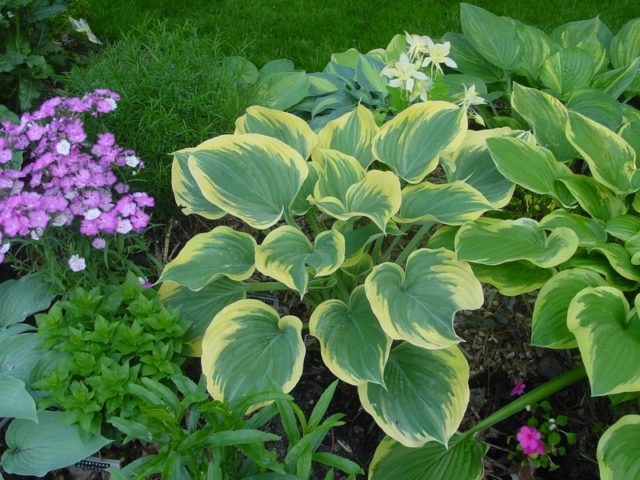
Since the variety loses its decorative effect in dense shade, it is not recommended to plant under tall trees
Breeding methods
There are different breeding methods:
- dividing the bush;
You can get high-quality and viable planting material from bushes over four years old.
- seeds;
Seed-grown hosts develop slowly
- cuttings or leaf blade;
It will take about a month for the leaves or cuttings to take root.
Landing algorithm
Like many horticultural crops, Hosta Liberty has a negative attitude towards frequent transplants. As noted in the description, the decorativeness of the bush increases with age. That is why it is worth considering in advance where to place the flower with colorful leaves.
Site selection
This should be an area with an openwork shadow, well protected from wind and drafts. You can plant hosts next to water bodies or near a house on the north side.
As for the land, the culture prefers a humus composition and good moisture. It is best to plant hosta Liberty on neutral or slightly acidic soils.
Landing dates hosts
You also need to decide on the timing. The end of August or the beginning of September (depending on the region) is the best time. While the temperature is above zero, the plant will have time to take root, therefore, it will survive the winter without losses.
Landing algorithm
For 2-3 years, the host Liberty grows a lot. If you plan to place several plants on the site, then holes should be dug at a distance of at least 60-80 cm. Unlike other crops, a deep hole is not needed for a flower, 3-4 cm is enough (excluding drainage).
Stages of work:
- It is imperative to put drainage at the bottom of the seat: broken brick, large pebbles.
- Mix garden soil with humus, compost and wood ash and sprinkle over.
- Spread out the roots of the hosta seedling, sprinkle with nutritious soil.
It is not recommended to deeply deepen the host Liberty
- After planting, lightly compact the soil and water abundantly.
Moisten the hosta carefully around the bush so as not to damage the roots.
- To retain moisture, mulch with bark or sawdust.
Growing rules
Hosta Liberty variety is picky about water. The soil must always be kept moist. That is why the plant feels great near water bodies.
Water at the root, trying not to get on the leaves. Work is planned for early morning or evening, when the sun's rays are not so hot. In addition, raw leaf blades can deteriorate, snails, slugs and other insects settle on them.
Loosening the soil and removing weeds are a must, especially in the early years while the bushes are small.
Hosta Liberty is fed only for the third year after planting. The plant has enough nutrients that fill the soil. In the future, fertilizing with fertilizers containing nitrogen will be required - at least four times during the growing season.
So that the bushes do not lose their decorative effect, it is recommended to cut the flower stalks after wilting. Mature bushes also lose this quality, which is a signal for transplanting.
Preparing for winter
In September, when the first frosts begin, the leaves of the hosta variety Liberty are cut off. No special shelter is required for frost-resistant plants. You just need to mulch the root zone.
Hosta roots can damage mice in winter. Often in the spring, plants are simply destroyed. Therefore, you need to put poisonous baits under the mulch. There is another way: when planting, metal mesh bags with small cells are lowered into the pit, into which the seedling is placed.
Diseases and pests
Despite the fact that Hosta Liberty is rarely affected by diseases, and slugs and snails are noted as pests, you should not forget about the problems. At the first sign, it is important to take drastic measures.

This little pest spoils the decorative appearance of the hosts.
Diseases and pests | Signs | Control measures |
Gray rot | At first it affects the tips of the leaf plates, then goes to the surface | Cut off the leaves with signs of the disease, then treat the bushes with any of the drugs: · "Kuproksat"; · Bordeaux liquid; · "Topaz"; · "Champion" |
Phylostictosis | The cause of the disease is fungi. Their colonies can be recognized by small brown spots. If you do not take action, then they merge. As a result, the entire plate turns brown, then dries up. | After cutting out the diseased leaves, burn them, and to process the bushes use: · "Vector"; · "Abiga-Peak"; · "Strobe"; · Solution of copper sulfate; Colloidal sulfur Spraying repeat after 10 days |
Slugs and snails | Holes are clearly visible on the leaves | Hand picking or insecticide treatment |
Rust | The disease manifests itself in hot weather, associated with dehydration of plant tissues | Timely watering, if necessary, place canopies or old umbrellas above the bushes |
Caterpillars and beetles | You can notice the invasion of pests by gnawing leaves. If you do not start a fight, the host will die | Spray with "Karbofos" or any insecticidal preparations |
Deciduous nematodes | If the leaves are with black stripes, then there are a lot of nematodes on the bush. | There is no way to fight. Host Liberty will have to remove and burn with the soil |
After processing, you need to rinse the tools and disinfect well so that disease spores do not get on other plants.
Conclusion
Hosta Liberty is an ornamental plant that landscape designers have noticed for a long time. It does not require much maintenance, some gardeners grow shrubs in large flowerpots.
